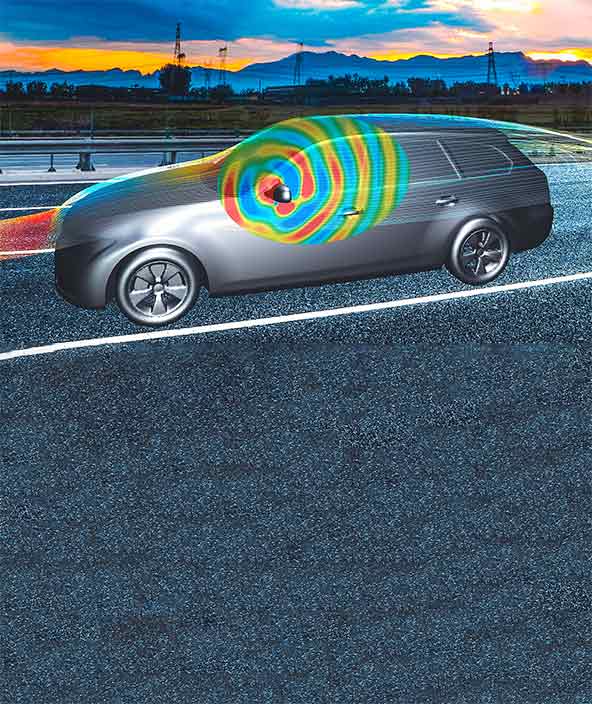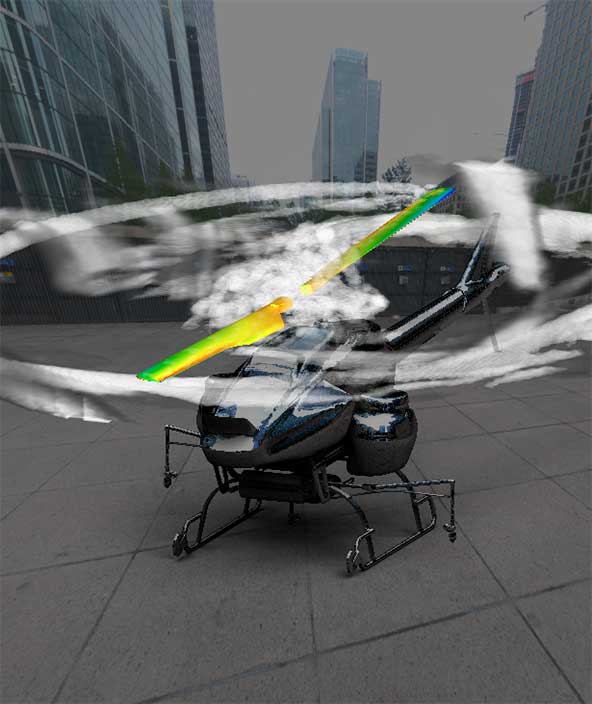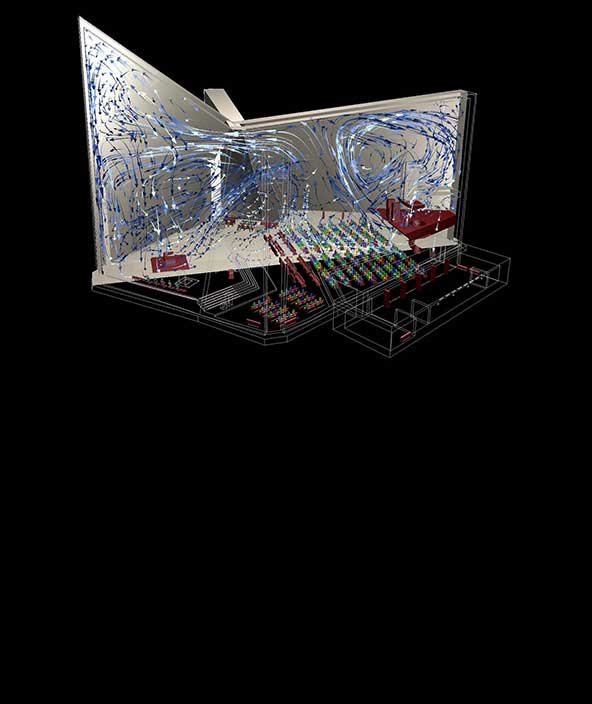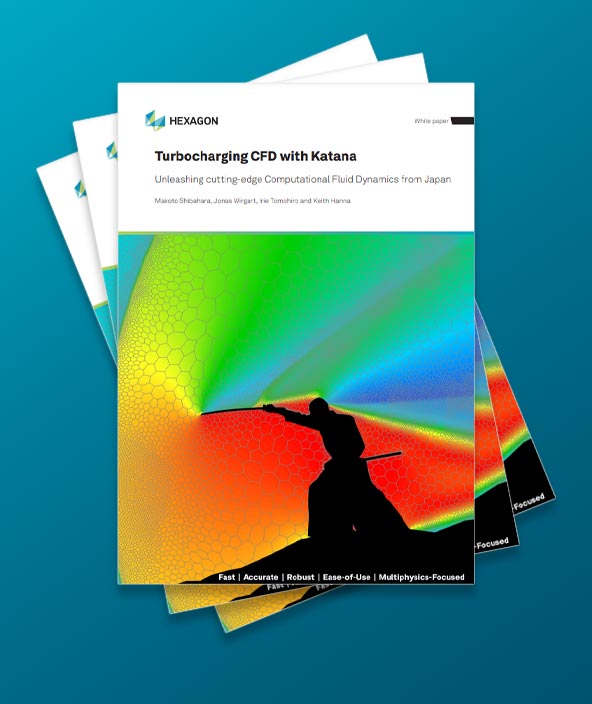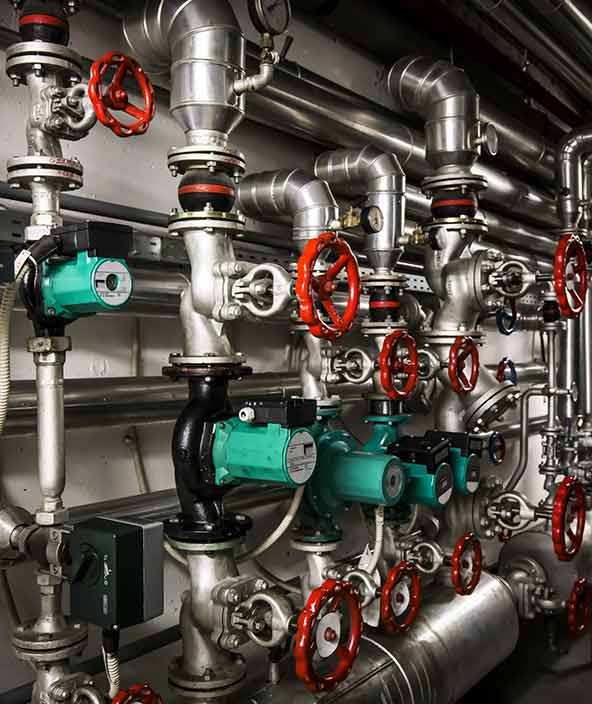Computational fluid dynamics
Analyse complex thermal and fluid phenomena with CFD for more realistic physics simulations.

Building and running the smartest solar farm in the world
Learn how a CFD digital twin predicts operational conditions enabling greater efficiency at R-evolution’s solar farm.
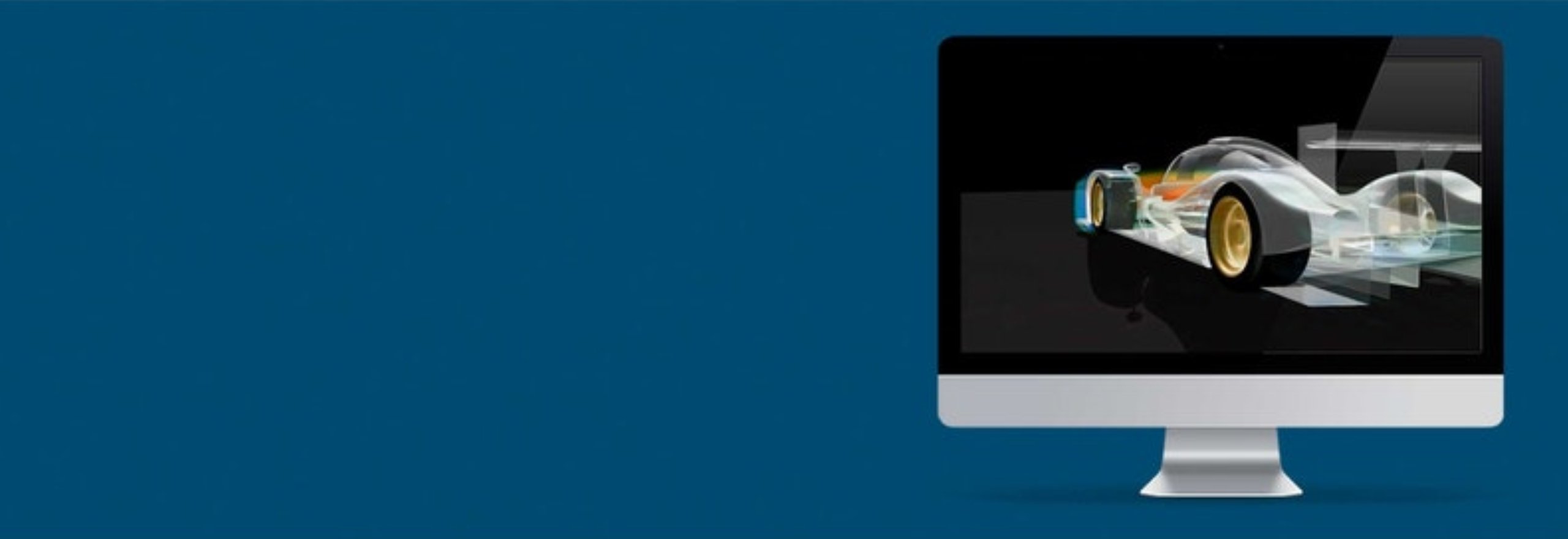
Bringing predictability to fluid behaviours
CFD software helps reduce product development costs by enabling users to handle more realistic geometries and physics.

eBook: Smarter Multiphysics CFD
Discover how computational fluid dynamics (CFD) empowers the future of multiphysics cosimulation.

Webinar presentation: Environmental and Thermal Effects of 5G Devices
Learn how CFD simulation can reveal environmental and thermal effects such as wind, rain, dust and humidity on 5G devices.

Building and running the smartest solar farm in the world
Learn how a CFD digital twin predicts operational conditions enabling greater efficiency at R-evolution’s solar farm.

Bringing predictability to fluid behaviours
CFD software helps reduce product development costs by enabling users to handle more realistic geometries and physics.

eBook: Smarter Multiphysics CFD
Discover how computational fluid dynamics (CFD) empowers the future of multiphysics cosimulation.

Webinar presentation: Environmental and Thermal Effects of 5G Devices
Learn how CFD simulation can reveal environmental and thermal effects such as wind, rain, dust and humidity on 5G devices.

Building and running the smartest solar farm in the world
Learn how a CFD digital twin predicts operational conditions enabling greater efficiency at R-evolution’s solar farm.

Building and running the smartest solar farm in the world
Learn how a CFD digital twin predicts operational conditions enabling greater efficiency at R-evolution’s solar farm.

Bringing predictability to fluid behaviours
CFD software helps reduce product development costs by enabling users to handle more realistic geometries and physics.

eBook: Smarter Multiphysics CFD
Discover how computational fluid dynamics (CFD) empowers the future of multiphysics cosimulation.

Webinar presentation: Environmental and Thermal Effects of 5G Devices
Learn how CFD simulation can reveal environmental and thermal effects such as wind, rain, dust and humidity on 5G devices.

Building and running the smartest solar farm in the world
Learn how a CFD digital twin predicts operational conditions enabling greater efficiency at R-evolution’s solar farm.

Bringing predictability to fluid behaviours
CFD software helps reduce product development costs by enabling users to handle more realistic geometries and physics.

eBook: Smarter Multiphysics CFD
Discover how computational fluid dynamics (CFD) empowers the future of multiphysics cosimulation.

Webinar presentation: Environmental and Thermal Effects of 5G Devices
Learn how CFD simulation can reveal environmental and thermal effects such as wind, rain, dust and humidity on 5G devices.

Building and running the smartest solar farm in the world
Learn how a CFD digital twin predicts operational conditions enabling greater efficiency at R-evolution’s solar farm.
We all experience physics-related phenomena daily as fluids act in harmony with structures, magnetics and electrics in various complex ways. Hexagon’s computational fluid dynamics (CFD) solutions enable engineers to understand these phenomena and account for them in product development.
Overview
CFD simulation
Computational fluid dynamics (CFD) is a simulation approach used for analysing complex thermal and fluid phenomena. It is instrumental in ensuring the quality and safety of products used on a daily basis.
CFD software is indispensable in early product development to ensure the best product concepts are identified early in the design process. Using CFD in the conceptual design phase improves design quality by conducting basic studies of fluid and thermal phenomena that directly affect product performance.
Hexagon's computational fluid dynamics solutions enable users to visualise the complex movements of a gas or liquid flow in order to predict the performance of products before physical testing. They are particularly strong at coupled simulations, which allow the modelling of CFD results with other physics analysis such as mechanical and structural simulations. This results in a more optimised design early in the product development cycle. In some cases, CFD simulation can replace the need for physical testing.

Explore
Computer-aided engineering (CAE) software enables designers and engineers to simulate product and process performance.
- Computer-Aided Engineering (CAE software)
Simulate multi-discipline physics in one interoperable suite.
- Computer-Aided Engineering (CAE software) > HxGN Multiphysics
Cradle CFD is a computational fluid dynamics (CFD) simulation software that enables the fluid and thermal analysis.
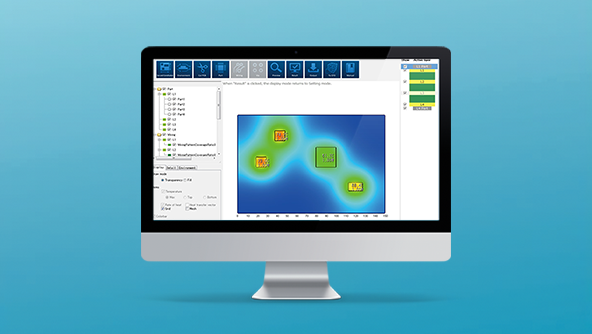 Module
ModuleCradle CFD PICLS is a tool for real-time thermal simulation of printed circuit boards.
-
×Human-Assisted autonomyAutomated application of physics equations for real-time thermal simulation of printed circuit boards
-
 Module
ModuleCradle CFD SC/Tetra is a general-purpose thermo-fluid analysis system with unstructured mesh.
-
Aerodynamic simulation was used to optimise vehicle geometry according to airflow to reduce emissions.
-
×Human-Assisted autonomyAutomated application of physics equations for thermo-fluid analysis with unstructured mesh
-
 Module
ModuleCradle CFD scFLOW is a thermo-fluid analysis system with polyhedral mesh.
-
CFD tool using unstructured mesh to represent complicated geometry to help with ecological monitoring and protection. Learn more about how this was put into action to fight COVID-19 through Smart CFD simulations in this study.
-
×Human-Assisted autonomyAutomated application of physics equations for computational fluid dynamics
-
 Module
ModuleCradle CFD scSTREAM is a general-purpose thermo-fluid analysis system with structured mesh.
-
×Human-Assisted autonomyAutomated application of physics equations for thermo-fluid analysis with structured mesh
-
Implement the newest technologies to become increasingly autonomous




